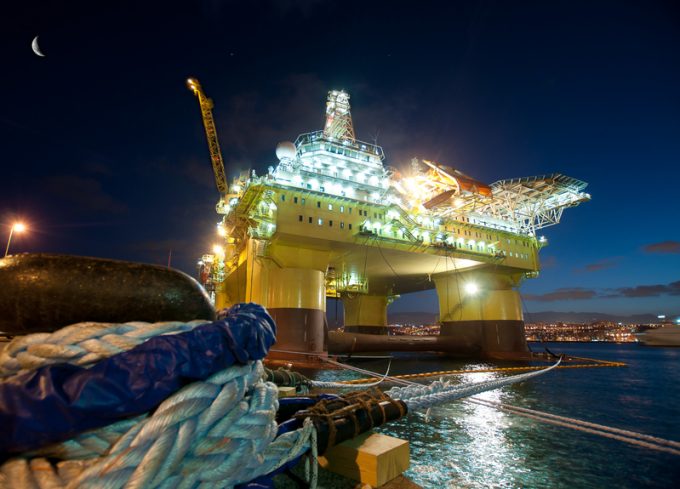Brace yourself for the logistics budget blues
Longing for a silver lining
MAERSK: GUIDANCE UPGRADEZIM: ROLLERCOASTERCAT: HEAVY DUTYMAERSK: CATCHING UP PG: DESTOCKING PATTERNSPG: HEALTH CHECKWTC: THE FALLGXO: DEFENSIVE FWRD: RALLYING ON TAKEOVER TALKODFL: STEADY YIELDVW: NEW MODEL NEEDEDWTC: TAKING PROFIT JBHT: SHORT-LIVED RALLY AND STEADY YIELDGXO: NEW ZENITH KNIN: STRENGTH CHRW: MOMENTUMWTC: WEAKENING
MAERSK: GUIDANCE UPGRADEZIM: ROLLERCOASTERCAT: HEAVY DUTYMAERSK: CATCHING UP PG: DESTOCKING PATTERNSPG: HEALTH CHECKWTC: THE FALLGXO: DEFENSIVE FWRD: RALLYING ON TAKEOVER TALKODFL: STEADY YIELDVW: NEW MODEL NEEDEDWTC: TAKING PROFIT JBHT: SHORT-LIVED RALLY AND STEADY YIELDGXO: NEW ZENITH KNIN: STRENGTH CHRW: MOMENTUMWTC: WEAKENING

With last week’s news that CMA CGM would power its new 23,500 teu “megamax” vessels with LNG fuel, while MSC had opted to stay with conventional heavy fuel oil (HFO) on similarly sized ships, but fit scrubber systems to the engine exhausts, we saw the first real divergence in fuel strategy among major shipping lines. Much of the conversation in carrier boardrooms revolves around their response to forthcoming emissions regulations, but it wasn’t so long ago that of greater concern was “peak oil”: the point at which demand for oil outstrips the planet’s reserves and capacity to refine the black gold. That hasn’t gone away, and this interesting long read in Quartz shows that,with the development of alternative fuels, the concept has taken on a different meaning: “It’s now about moving toward a solar-powered, electric car future that won’t require such vast amounts of fossil fuels.” Freight modes – road and air, as well as maritime – are the single largest consumer of oil, representing 29% of global demand.
Comment on this article